#Squilloid
Explore tagged Tumblr posts
Text

Didn't think I'd have the time but got my entry for the refugium creature contest done! Down to the wire as usual. More info on the life cycle found below!
I wanted to do a fun Squilloid line, but as fun belly worms! The life cycle is the host eats the eggs which hatch inside the digestive tract, once there the young attack each other and any other parasites they find. They 'eat' through absorption through their tails so their mouth parts are only for clearing out their living space, as a result most hosts generally feel a lot better once they are infected. The fools!
Once the role of top worm has been decided, the individuals morphs into the feeding stage of their lifecycle. Their tail sprouts a multitude of fringes to aid in absorbing food and gas exchange, while the mouth parts remain for dealing with any would be room mates! This stage of their life is by far the longest, lasting decades.
The burrowing phase is where the fun begins, this sub adult form can be brought about by age, stress, or most commonly lack of space within the host. In this phase they begin swelling grotesquely and once they reach maximum size, turn their mouth upon their host. They chew their way out to the surface, sometimes resulting in death, sometimes not! But they only stop once they are able to smell open air and then settle in to begin their final metamorphosis.
The dispersal phase adults only live for a few days, climbing out of the wound created in their host to fly off and find suitable places to lay their eggs. If their host died during the last phase they will generally lay their eggs onto the body, but some are always out looking to lay a trap for the next poor unsuspecting creature.
Hope you enjoy! There are so many fun entries, def go check them out!
#theyre like if a tapeworm was also a fig wasp#refugium2024#art#speculative biology#spec bio#Squilloid#you KNOW i had to make on that was disgusting
796 notes
·
View notes
Text
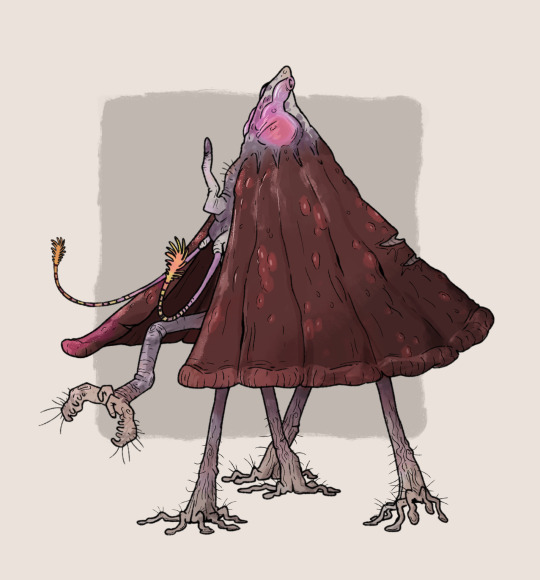
The Crone's Mantle
Traipsing through the marshy lowlands of Western Altamira's south, one may come across an unusual member of the pentapoda, colloquially known as the Crone's Mantle.
This shallow-water specialist, standing 7 feet tall at the peak, spends the warm months similarly to most large pentapods, feeding on water plants and drawing much of its energy from the sun. Come the shorter days of the cold season, however, the Mantle seeks a different source of energy.
Conserving what limited energy it can draw from sunlight during the short days, the Mantle roots itself in place along shallow stretches of rivers and streams. Its unusual downturned sails create shade that attract small squilloids, which, upon sensing the movement with its bristly legs, are snatched out of the water with its anterior appendage and flung into the Mantle's ventral mouth.
The Mantle shares its home with a variety of semiaquatic rasps, wading terrestrial squilloids and - most notably - predatory grapplers. The slow-moving Mantle defends itself with loud trumpeting from two respiratory organs atop its conical back, and if that's not enough, its ventral sails secrete a foul-tasting oil that deters most predators.
Hopefully not too late @simon-roy
318 notes
·
View notes
Text
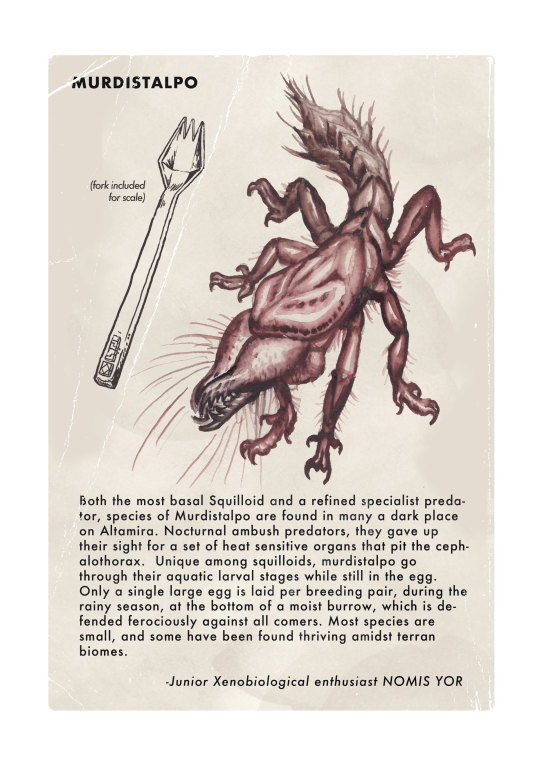
I've included one of my own critters here- a small heat-seeking predatory squilloid! BUT MORE IMPORTANTLY, Our alien design contest, #refugium2024 closes tomorrow! If you want a chance to get your own critter into the REFUGIUM Hardcover, post it ASAP!
And if you'd like to pre-order the graphic novel that will include all these critters, take a look here!

#simon roy#comics#griz grobus#habitat#scifi#kickstarter#sciencefiction#speculative biology#miramar#spec bio#specbio#speculative evolution#xenobiology#speculative zoology#spec evo#refugium2024
112 notes
·
View notes
Text
#refugium2024
I ONLY JUST FOUND OUT ABOUT #refugium2024 TODAY SO I SPEEDRAN THIS ENTRY ASIJDFUDSHDISKASDN


This is a Willoh (short for "will-o'-the-wisp"), these pelagic squilloids live in the deep sea in large schools but at night travel up in the watern column following the movement of smaller animals and Altamiran zooplankton which they feed on.
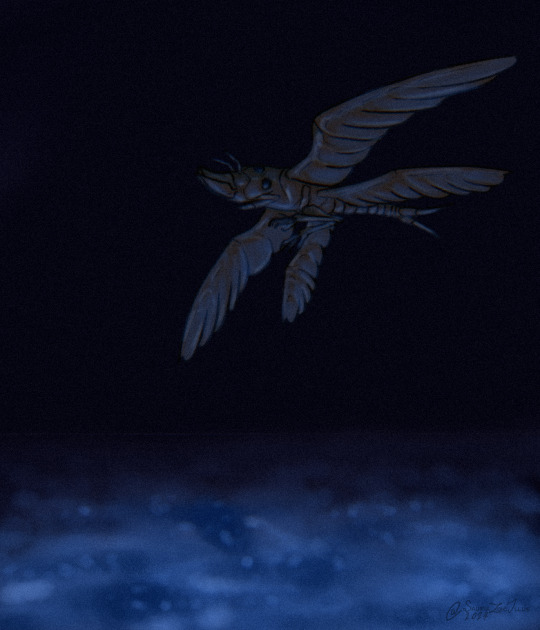

their bioluminescence not only confuses predators as they swim in large schools in the dark, but also as social signalling to let other Willoh know where they are, their schools can be millions strong and comprise a significant part of Altamira's marine biomass.
#digital art#artists on tumblr#digital artwork#digital illustration#id in alt text#specevo#speculative evolution#speculative biology#xenobiology#spec evo#spec bio#speculative zoology#refugium2024
97 notes
·
View notes
Text
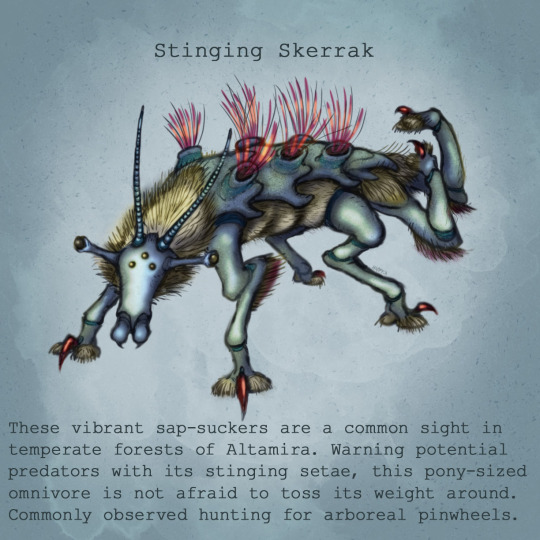
Here is my entry for @simon-roy 's #refugium2024 contest, I had a lot of fun with this one. I think it's closest to squilloid clade. 🤔
Maybe designing a terrestrial, spicy shrimp is what I needed to get back in the groove.🦐🔥
I was listening to Barbie soundtrack when drawing, so this oversized shrimp is now named Ken.
#speculative biology#speculative evolution#digital art#concept art#creature design#alien design#worldbuilding#scifi#refugium2024#xenobiology#spec evo#spec bio
30 notes
·
View notes
Text

one of my own entries, for the REFUGIUM guidebook - the OG Shrimpodile (aka the Klakanto), a very fecund squilloid species whose numerous, numerous young are actually quite delectable when cooked over a charcoal grill!

i first drew this critter in 2018 as part of a worldbuilding jam w @jordankwalker (that would evolve into this current project) - back when these were all just fauna in a pseudo-solifugid world...

...but this shrimpodile wormed its way into the griz grobus universe, onto this foodcart...

who ended up starring in her own short story (which you can read here - https://webtoons.com/en/canvas/griz-grobus/pride-of-the-central-republic-page-1/viewer?title_no=741329&episode_no=31 ) called "PRIDE OF THE CENTRAL REPUBLIC"

(i also meant to draw a whole cute sequence showing how the shrimpodiles made it from the stream to the grill - farm to table shit- but this drawing was as far as i got)
But all this, of course, is in service of the big book, now in kickstarter - REFUGIUM! Take a peek at the campaign here
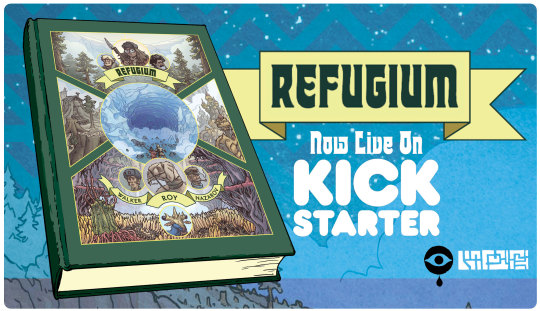
#simon roy#comics#griz grobus#habitat#scifi#kickstarter#sciencefiction#specbio#speculative zoology#speculative biology#speculative fiction#refugium2024
106 notes
·
View notes